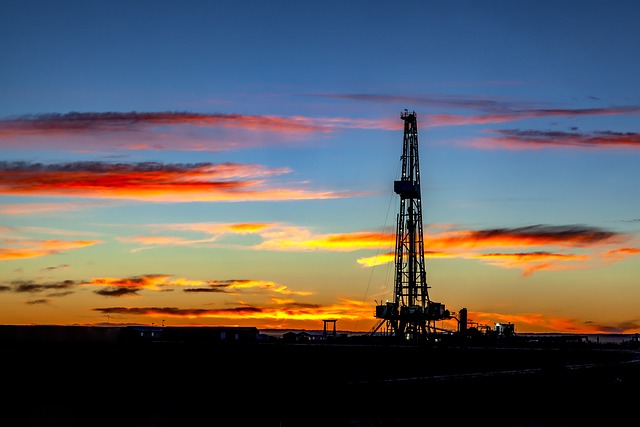4 Tips to Understanding More About Oil and Gas Investments

Investing in oil and gas can be a great way to diversify your portfolio and potentially make a good return on your investments.
Oil and gas investments offer many benefits, such as stable returns over the long term, tax incentives, the potential for high yields, and more. However, it is important to understand the risks associated with these types of investments before jumping in headfirst.
In this article, we will discuss what you need to know about investing in oil wells and gas so that you can make informed decisions when considering these types of investments. We will cover topics such as the different types of oil well investments available, how they are financed, their risks and rewards, and other key points that should be considered before making any investment decision.
With this information at hand, you should have a better understanding of whether or not an oil or gas investment is right for you. If this knowledge makes you want to go further into this industry, potentially even being part of the operations, then you might want to take a look at websites such as https://renegadewls.com/ for instance, as this company offers a variety of services that can support you on your journey.
1. Oil Wells
One of the most common forms of oil and gas investment is an oil well. This is an artificial hole drilled into the Earth to extract crude oil and natural gas from beneath the surface.
Oil wells are generally financed through a combination of private investments, bank loans, and government grants.
Potential investors should also be aware that there are different types of oil well investments, including conventional wells, which are used to tap into wells that have been tapped in the past, and unconventional wells, which require specialized technology and equipment to access crude oil.
When it comes to the well itself, the safety of those working on it is always the number one priority. Casing integrity in Alberta is taken very seriously, as this is essential for the safe and efficient operation of oil and gas wells. It prevents fluid leakage, protects the reservoir and the environment, and supports the wellbore structure.
2. Financing Oil and Gas Investment
When it comes to financing an oil or gas investment, there are several different options available.
Private equity firms, banks, and government grants can all provide financing for these types of investments. Private equity firms typically invest their capital and charge high fees for their services. Banks may also extend loans or offer other forms of credit to potential investors. Whereas government grants may be available for certain oil and gas investments in certain areas.
3. Risks and Rewards
When it comes to risks and rewards associated with oil and gas investments, it is important to understand both the short and long-term impacts.
In the short term, investing in oil can be highly volatile due to market conditions, so investors should have a good understanding of the industry before investing. The risks can be compared with investing in stock and shares or cryptocurrency. The rewards might be high but there are risks to capital.
In the long term, however, many investors have seen returns that exceed their expectations, providing them with a steady source of income for years to come.
4. Making an Informed Decision
When investing, it is important to do your research and understand all of the risks associated with these types of investments.
You should also make sure that you are comfortable with the amount of financial risk you are taking on and have a clear understanding of what you are getting into in terms of the risk to your savings versus any potential rewards.
With this information at your disposal, you should be able to make an informed decision about investing in oil and gas wells. It is an exciting venture compared to money just sitting in an investment fund and hopefully increasing year on year.
Conclusion
So, investments in either oil or gas can be a great way to diversify your finances. With the right research and knowledge of the industry, you could potentially reap significant rewards from these investments.
However, it’s important to understand what you are risking. Therefore, you must ensure that you have thoroughly researched all aspects of investing before making any firm decisions. This due diligence will help ensure that your money is invested wisely and safely for maximum returns on your investment.





